You’d think that if the notoriously partisan House of Representatives could come together and pass substantive legislation unanimously then the Senate would quickly grab that legislation and pass it as well with at least a large majority.
Well, in the case of flood insurance, you’d be wrong.
Last year the House of Representatives voted 419-0 to pass a bill that would ensure that homeowners could buy flood insurance from a private carrier to meet federal mandatory purchase requirements for higher risk properties with a federally backed mortgage. State insurance commissioners (who regulate every other insurance product in the state) would ensure that the insurance company was financially sound and the product would adequately cover the homeowner – at least equivalent to a National Flood Insurance Program (NFIP) policy. The Senate never took it up.
Last month, the House Financial Services Committee unanimously (58-0) passed a similar bill, H.R. 1422, the Flood Insurance Market Parity and Modernization Act out of committee as part of their flood insurance reauthorization (the program expires September 30). This week, the Senate Banking Committee leadership released their reauthorization legislation. What was conspicuously missing from the brief 48-page package? S. 563, the companion to the House bill that is co-sponsored by Banking Committee members Sens. Heller (R-NV) and Tester (D-MT). (A quarter of the package dealt with wildfire – nothing to do with flood insurance!)
That makes no sense from a political and policy perspective. We’ve tried to get our heads around this. Leave aside the fact that the NFIP owes taxpayers nearly $25 billion and lawmakers should be scrambling to push more risk onto the private sector. The only reason a person is going to opt for a private policy is because they get a better price or a better product or both. Not only will state insurance commissioners ensure people are getting a decent product, they will be there to hold any companies accountable after a flood. This is something that people flooded by Superstorm Sandy found hard to do and with which FEMA was not helpful.
The last argument we’ve heard against private flood competition is that companies will only pick the “best” policies and leave the rest in the NFIP. This ignores reality, good business, and history. First off, the only policies this will affect are the high risk policies in the program, those subject to the mandatory purchase requirement — which is the Special Flood Hazard Area or 100-year floodplain where there is a one percent chance of flooding in any given year. Anyone not in the SFHA already could purchase private flood insurance if they liked. Second, good insurance practice is about taking on risk in a smart way and laying off some of that risk. Insurance companies can purchase reinsurance that lays the risk off worldwide, or purchase catastrophe bonds which spread the risk in the market. The roughly 20 companies that are currently writing flood insurance in Florida (a state with nearly 35 percent of NFIP policies) are writing across the risk zones. Also Florida has a state-run wind insurer – Citizens – that was heavily subsidized until recently. To reduce risk to the state coffers, Citizens opened their book of business to insurance companies to take policies out of the program. It went from 1.5 million policies to less than 500,000, and the companies took policies across the risk profile.
Recently Milliman, an actuary, released a study conducted with KatRisk, a risk modeling firm, titled “Could Private Flood Insurance Be Cheaper Than The NFIP?” (N.B. these companies would, of course, benefit from private companies writing flood insurance). They found that not only is the answer yes, it is yes on most of the riskiest policies in the program. This study looked at homes in Florida, Louisiana, and Texas – home to 56 percent of the NFIP policies – they found that in addition to lower rates elsewhere, properties in the coastal high hazard flooding area (the riskiest part of the SFHA) could find lower private market premiums for 62 percent of the properties in Florida, 85 percent in Louisiana, and 88 percent in Texas. That isn’t a guarantee, but it is a lot of potential homeowners with a better price and a lot of risk burden shifted off of taxpayers and onto the private sector.
This isn’t just about private sector competition with NFIP. It is also about getting more private flood coverage period. The less exotic and more normal flood coverage is, the more people are going to be covered. And sadly a lot of Americans have found out that they needed coverage only after they were flooded and left with a big repair bill, a small amount of disaster aid, and the possibility of a low interest loan from the Small Business Administration for rebuilding that they would have to add on top of the mortgage payment.
After flooding in Baton Rouge, LA last year, the average NFIP claim paid more than $85,000, according to FEMA. Meanwhile, the average individual disaster assistance to someone without flood insurance is about $9,000. People in South Carolina, North Carolina, Missouri, Colorado, and other states have found out that no matter what your previous experience, flooding can happen anywhere.
More people need to have flood insurance, and Uncle Sam should help foster the development of that market by getting out of the way.

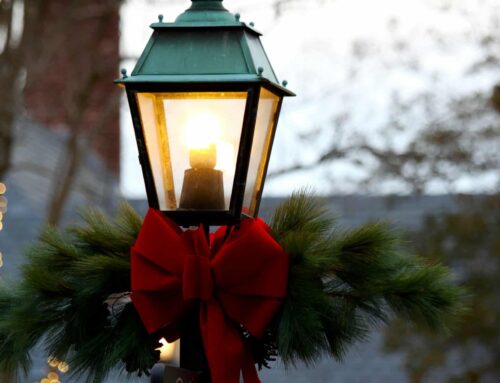
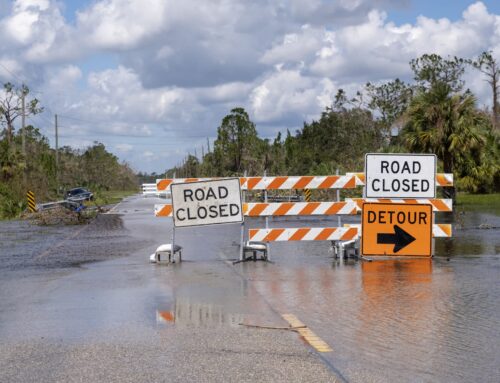

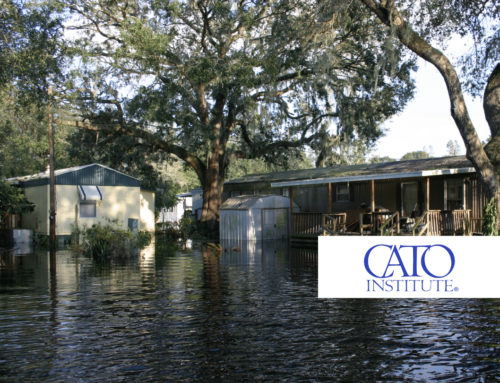
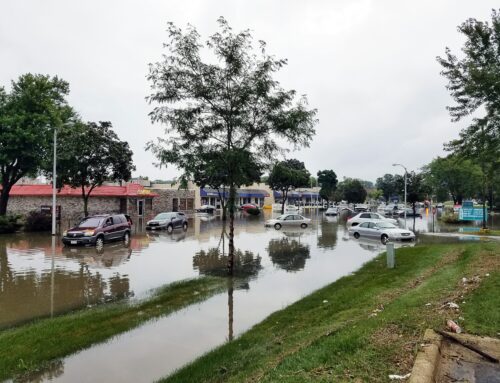
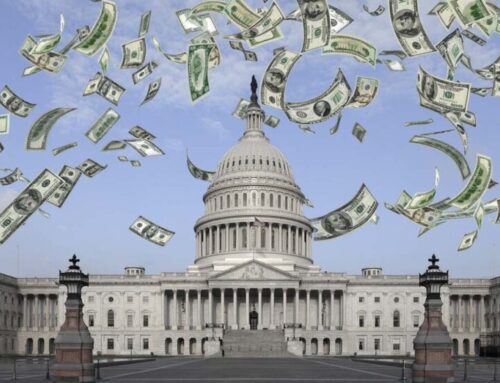




Get Social